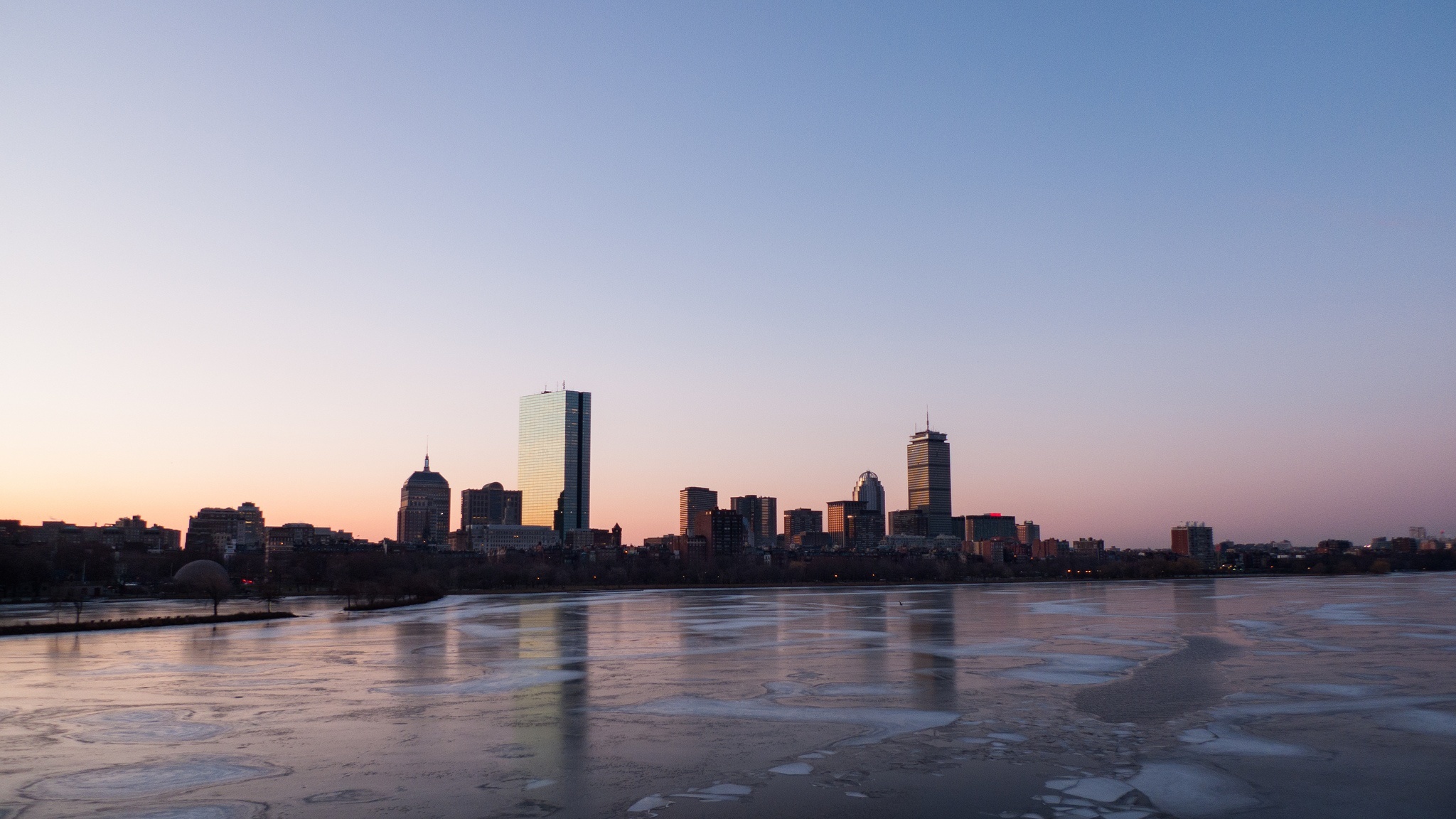Over the weekend while cold gripped Greater Boston, many people wouldn’t let the winter weather keep them indoors. In fact, many opted to walk the Charles River, which froze over.
“Down the Charles from the Back Bay to Beacon Hill, the river ice was dotted with people, a few as far out as the middle of the river,” wrote BostInno’s Galen Moore. “Young and old, tourists and locals, trudged off the Esplanade bike path through snowdrifts and onto the ice, which showed no sign of breaking.”
But not everybody is quite as enthralled with the frigid phenomenon as those who enjoyed their weekend on the solid Charles.

On Tuesday night, the Massachusetts State Police in conjunction with the Department of Conservation and Recreation issued a notice that they both “strongly discourage residents and visitors along the Esplanade and Charles River from walking on or across the river due to the risks posed to public safety and first responders.”
Continued the State Police and DCR:
Unlike many ponds on which people ice skate in the winter, the level of the River changes constantly every day (as much as two-feet) due to a number of factors including changing inflow and the release of River water to the ocean through the New Charles River Dam. The result is that the ice on the River could have a large air-void below it, thereby weakening the ice and increasing the chance of someone walking on top of it falling through.
In addition, an increase in the River level will have the effect of lifting the ice, causing it to crack and break, increasing the chances of a walker atop the ice falling through. With warmer temperatures during the day, and freezing temperatures at night, the ice in the Charles River can easily be compromised. Attempting to walk on or cross the Charles River is dangerous,
Additionally, the Commonwealth of Massachusetts does not condone this activity. Signage denoting the “Unsafe Ice Conditions” has been placed along areas of the river to further warn constituents of the dangers of attempting to walk on, cross, or engage in any other activity along the Charles River while it appears to be in a frozen state.


